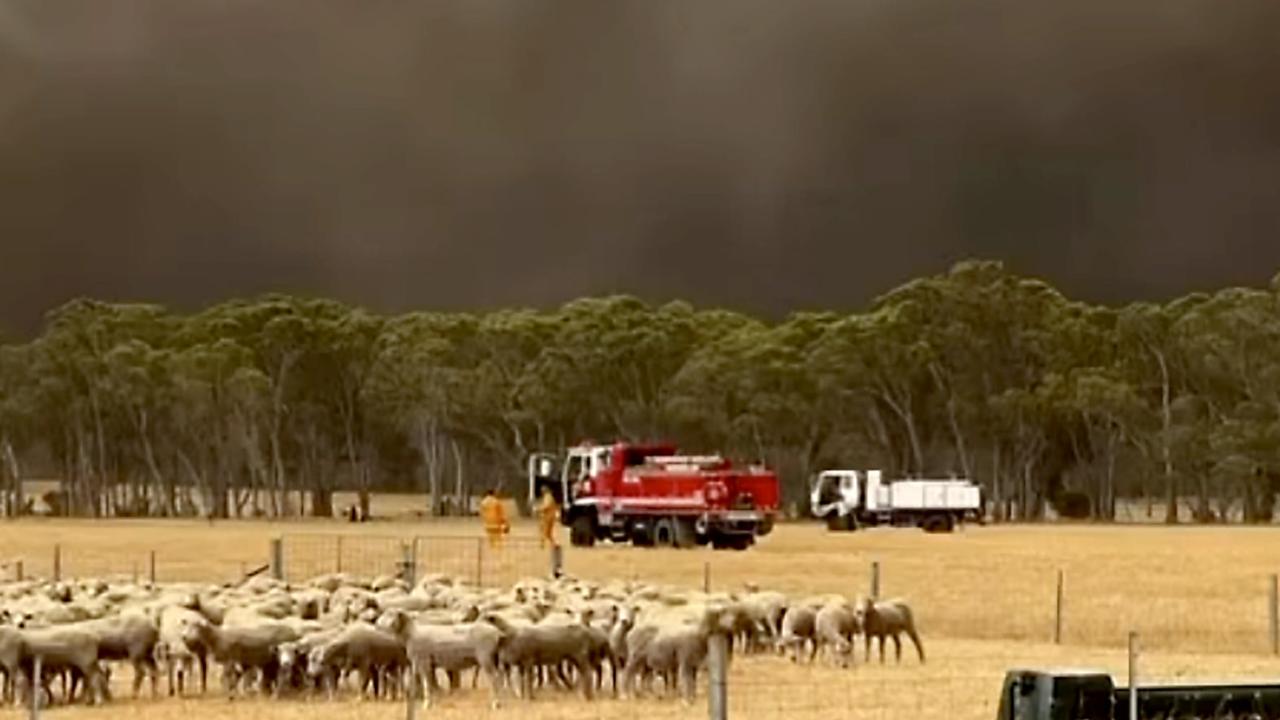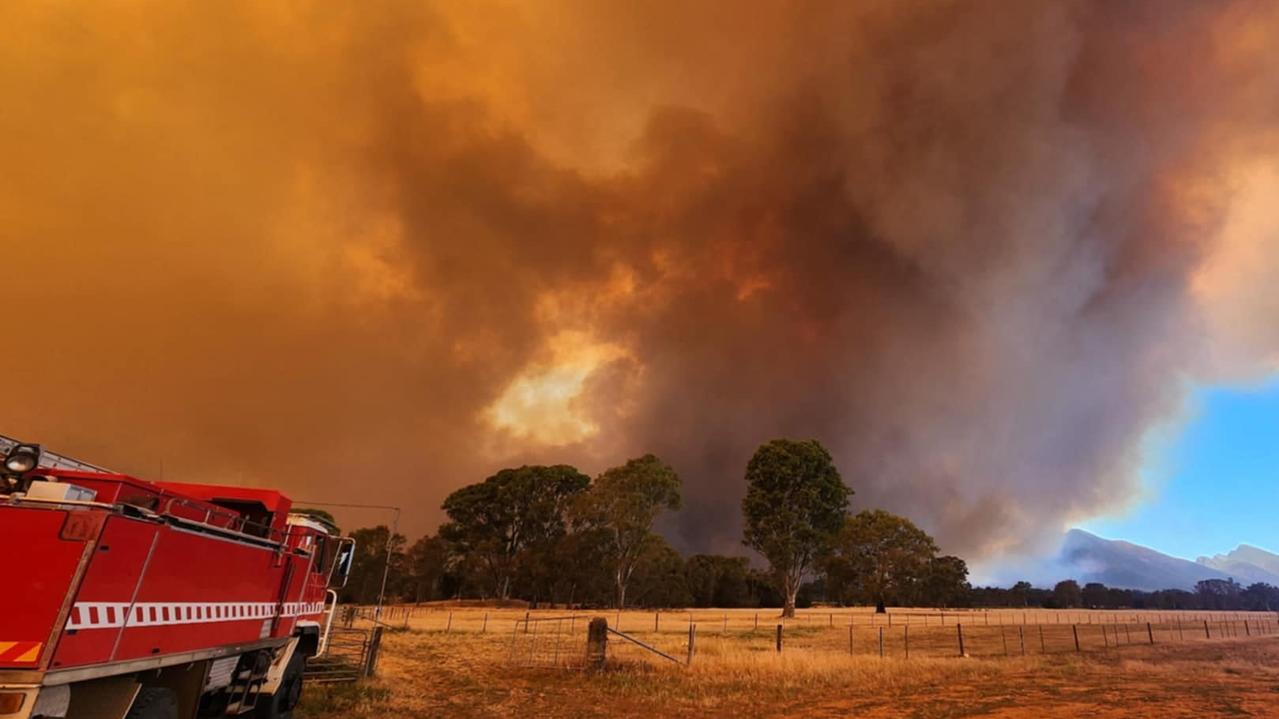Ag’s highlights from the federal budget
From biodiversity to PALM workers and live sheep exports to the extension of the instant asset write-off — here’s everything you need to know out of the federal budget.

The agriculture industry were hoping tonight’s federal budget would deliver more jobs, more regional housing and cash to fix dodgy bush roads.
But it turned out a mixed bag containing some good news and a few surprises to help cushion an overall renewal of the federal budget for regional Australians and agriculture.
BIOSECURITY
Farmers, importers, taxpayers and international passengers will help pay to protect Australia’s borders, after the department of agriculture was handed $1 billion in tonight’s federal budget to create a long-awaited sustainable biosecurity funding model.
The money will be delivered over four years from 2023-24, with $268.1 million a year to be added to the almost $600 million annual treasury contribution.
This means around $845m will now be spent on biosecurity operations each year.
However, in a statement, Agriculture Minister Murray Watt said agriculture, fisheries and forestry producers will help fund the new model with a “modest” new biosecurity protection levy to create “a new system that will be more predictable, equitable, transparent and accountable.”
The biosecurity protection levy will collect administered and departmental receipts of $73.7 million in 2024-25, $78.6m in 2025-26 and $79.3m in 2026-27.
International passengers will help pay for the extra funding through an increase to the Passenger Movement Charge, currently set at $60.
While cost-recovery efforts will be extended to include parcels and other mail packages.
Importers will also contribute through clearance costs with increased fees and charges expected to take their total contribution to biosecurity to almost $350 million next year.

PALM WORKERS
With 100,000 positions vacant across Australian agriculture, farmers who have been demanding funding and programs to better address agriculture’s ongoing worker shortages will not enjoy Treasurer Jim Chalmers’ budget speech.
The announcement of a review two weeks ago of the visa migration system meant new announcements were always going to be few and far between.
The situation is compounded with farmers set to all but lose access to UK backpackers as a source of labour after changes under the UK-Australia free trade agreement due to begin at the end of the month.
However, there will be an additional $166.7 million over four years to streamline the Pacific Islander Labour Mobility scheme to “enhance scheme oversight and participant welfare”.
The Fair Work Ombudsman will also receive an additional $27.3 million to monitor the rights of PALM workers and for compliance operations.
The funding will also fund skills development and community liaison officers for Pacific workers.
LIVE SHEEP EXPORT PHASE-OUT
The agriculture sector was hoping to find out how much the federal government’s phase-out of the $85m live sheep export trade would cost taxpayers.
And now they know. The budget papers revealed that $5.6 million has been set aside over two years for the consultation and phase-out process, with $2.1m allocated for the current financial year.
INSTANT ASSET WRITE-OFF
A surprise envelope of the federal budget was $290 million in cash flow support for the instant asset write-off.
Up to 3.8 million small businesses with annual turnover of less than $10m will be able to immediately deduct eligible assets costing less than $20,000 from 1 July 2023 until 30 June 2024.
The agriculture sector had been agitating for the continuation of the scheme, - due to be wound up at the end of the financial year, as many farmers had purchased plant and equipment but were unlikely to receive them before June 31 because of supply chain bottlenecks - and therefore become ineligible to claim.
ROADS FUNDING
A well-timed 90-day review of the nation’s $120 billion, 10-year infrastructure pipeline was announced prior to the budget, effectively putting hundreds of approved regional road and rail projects on ice.
The digestive for this bitter pill news was the announcement of a $250 million spend for road projects in rural, regional and outer-urban areas.
Funding has also been allocated to maintain the $110 million-per-year Black Spot Program, up to $95 million a year was again set aside for the Bridges Renewal Program and $500 million for the Roads to Recovery Program.

WATER MANAGEMENT
The government has set aside $148m over four years to improve the sustainability of the Murray-Darling Basin, priorities for water management over the next decade will be set by a statutory review as communities and the environment adapt to climate change.
More than $32m will be spent to reform the basin’s water markets, including a new digital platform and the National Water Grid will be boosted by $197m over six years to build three infrastructure projects to help guarantee water access and reliability in rural and remote communities.
Water Minister Tanya Plibersek also said in a statement that $103.7m will be spent to undertake the first review of the Murray-Darling Basin Plan.
“The review will be based on updated science and incorporate knowledge of First Nations people. It will consider the challenge posed by climate change and set the Basin up for the future, ensuring the river system is healthy and the Basin sustainable,” she said.
Water security projects worth $872.5 million, including the Dungowan Dam and Emu Swamp Dam, were abandoned.
REGIONAL INVESTMENT FRAMEWORK
While the agriculture sector was hoping for funding to stimulate regional economies and help build homes and workforces, the government announced the establishment of a new regional development forum for Australian Government agencies.
The body aspires to regularly engage to “better inform Commonwealth decisions” and ensure regional investments “meet standards of merit and integrity, crucial to maintaining trust and confidence in government”.
The four key priority areas are health, jobs and skills, social housing and first homebuyer initiatives and to support industrial decarbonisation and clean energy initiatives through the Powering the Regions Fund. Most of these projects were announced pre-budget.
ANIMAL WELFARE
The government has set aside $5 million over four years from 2023–24 to develop a renewed Australian Animal Welfare Strategy to update a national approach to animal welfare across all jurisdictions.
The papers said “broad and wide-reaching engagement” will be crucial for delivering the AAWS, including with First Nations people and agricultural industries.
“International trading partners expect stronger animal welfare standards. A renewed
strategy will help demonstrate to consumers and our international trading partners that
animal welfare, along with steps to improve sustainability, is a priority,” it said.
“This will help to maintain trade and improve our national reputation.”
Further animal welfare initiatives include the already announced establishment of an independent Inspector General of Animal Welfare and Live Animal Exports.
NATIONAL HERITAGE TRUST
More than $300 million has been earmarked to develop a “climate-smart and sustainable”
agriculture sector.
The funding will be spent over five years from 2023–24 through the Natural Heritage Trust and aims to help farmers rollout sustainable farming and natural resource management practices to reduce the sector’s emissions, builds climate resilience and enhance market access.
NATIONAL DISASTERS AND EMERGENCY MANAGEMENT
More than $236m will be spent over the next decade to address critical, longstanding risks in Australia’s flood gauge network.
The work will be done in partnership with state and territory governments to ensure reliable data and access to flood forecasts and warnings to inform responses when flood events happen. Work in Queensland will be prioritised.
There was also $8m set aside for emergency shelter and water and power systems. A National Messaging System and Public Safety Mobile Broadband programs were also announced to help deliver emergency warnings in real time and provide first responders instant access to critical data respectively.
The funding also includes:
- $76m to support national and regional natural resources management delivery
partners, including peak landcare organisations and a network of so-called sustainable
agriculture facilitators.
- $158m for transitioning to low emission and sustainable agriculture practices.
- $36m to support farmers improve soil health and natural resources, including monitoring through a new National Soils Monitoring Program and strengthening the Australian National Soil Information System
- The Australian Bureau of Agricultural and Resource Economics and Sciences will receive $38m over four years to bolster data capability to improve the collection, analysis and sharing of data particularly on the impact of climate change and low emission technology.




